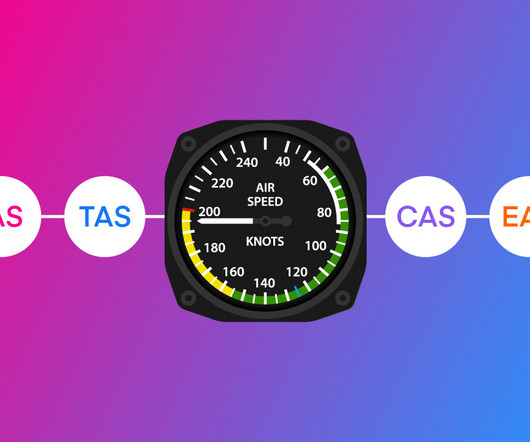E6B Made Easy: A Beginner’s Step-by-Step Guide
Pilot Institute
FEBRUARY 1, 2025
Learn how to use the wind side to find groundspeed and wind correction angles. Your groundspeed (which will differ from your airspeed as the wind pushes you around). The rear has the wind side for calculating wind correction angles and groundspeed. That means itll take 24 minutes to fly 40 miles at 100 knots.










Let's personalize your content